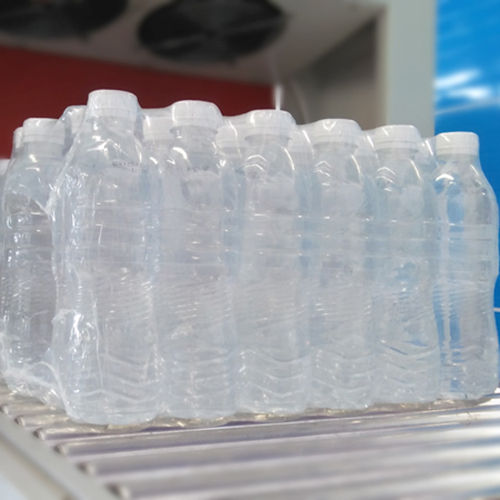Compostable Shrink Film
Product Details:
Compostable Shrink Film Price And Quantity
- 350 INR/Kilograms
- 100 Kilograms
Compostable Shrink Film Trade Information
- Cash in Advance (CID)
- 5000 Kilograms Per Month
- 7 Days
- No
- Free samples are available
- 100KG PACK
- All India
Product Description
Compostable shrink film is made from biodegradable materials, such as plant-based polymers (PLA, PBAT, or PHA), which are derived from renewable resources like corn starch, sugarcane, or potato starch. These bioplastics replace traditional fossil fuel-based plastics, reducing greenhouse gas emissions and environmental harm.
Key Benefits:
1. Compostable: Easily decomposes into carbon dioxide, water, and biomass, eliminating plastic waste.
2. Biodegradable: Breaks down naturally, reducing environmental persistence.
3. Renewable Resources: Made from sustainable materials, reducing dependence on fossil fuels.
4. Low Carbon Footprint: Minimizes greenhouse gas emissions throughout its lifecycle.
5. Non-Toxic: Safe for food packaging and environmentally friendly.
Applications:
1. Food packaging (meat, seafood, produce)
2. E-commerce and shipping
3. Pharmaceutical and medical devices
4. Industrial packaging (tools, machinery)
5. Agricultural and horticultural packaging
Advantages Over Traditional Shrink Films:
1. Reduced plastic waste
2. Lower carbon emissions
3. Enhanced brand reputation through sustainable practices
4. Compliance with eco-friendly regulations and certifications (e.g., ASTM D6400, EN 13432)
5. Comparable strength and durability to traditional shrink films

Price:
- 50
- 100
- 200
- 250
- 500
- 1000+
Other Products in 'Biodegradable Film' category
 |
AGN ENTERPRISES
All Rights Reserved.(Terms of Use) Developed and Managed by Infocom Network Private Limited. |




